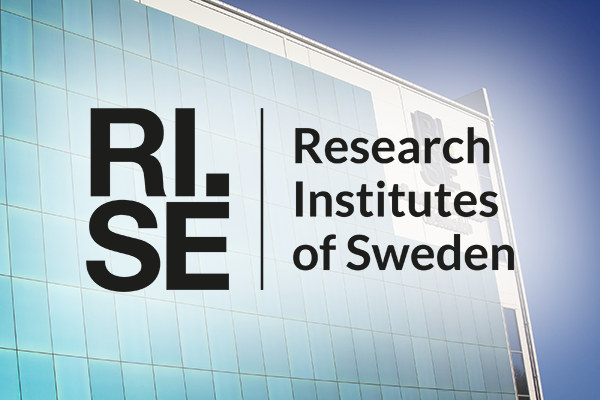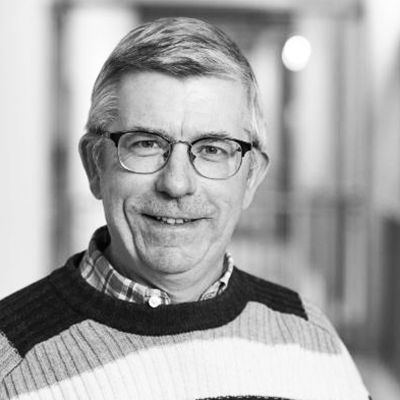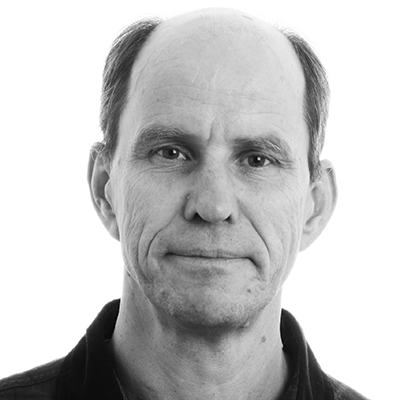Between 2019 and 2020, a preliminary study was conducted to investigate the technical feasibility and economic viability of building self-sufficient housing in urban environments. The project was led by RISE Research Institutes of Sweden in collaboration with Mälardalen University, Vätterhem, and Yellon. The group, together with around ten component and system suppliers, analyzed the YEAH concept.
The energy system in the YEAH concept aims to be self-sufficient year-round, which require significant and costly energy storage solutions. To optimize the system and minimize investment and operational costs, simulation models were developed in the research project. Researchers at RISE and Mälardalen University conducted the analysis through the following steps:
The project was carried out with the support of government funding and is part of the Swedish Energy Agency’s E2B2 program. The remaining financing was shared equally between Vätterhem and Yellon. The aim of E2B2 is to generate new knowledge, technology, services, and methods that contribute to a sustainable use of energy and resources in buildings.

RISE is a research institute and innovation partner in one. In collaboration with businesses, academia, and the public sector, they work to promote competitive industries and a sustainable society.

At MDH, research in future energy and embedded systems is internationally renowned. MDH was part of the preliminary study within E2B2 to determine the technical and economic feasibility of the project.

The modeling Mälardalen University conducted on a self-sufficient apartment house in Jönköping showed that the concept is feasible.”
The simulation model provides insights into how the system should be designed and dimensioned, taking into account long-term development.

This research project has demonstrated that self-sufficient residential properties can be built in the Swedish city of Jönköping and can be profitable in the long term, assuming price increases in electricity and water supply subscriptions for regular houses. Self-sufficient properties are often associated with isolated locations such as islands, but can also be relevant in urban areas where it is difficult and costly to provide electricity and water, or where the common grids are already overloaded. Self-sufficient properties also enhance societal resilience during power outages, as the energy supply has been secured locally.
Properties intended to be self-sufficient in electricity, heating, water and wastewater systems require that sufficient energy is produced during the sunny and warm parts of the year to sustain the house during the winter. Additionally, wastewater must be recycled to ensure that water consumption does not exceed the volume that can be collected from rainwater and from a drilled well.
You can find the full summary and report in Swedish here.
Attachment 1: Market Inventory
Attachment 2: Simulation
Attachment 3: Economic Differential Calculation
Attachment 4: Communication